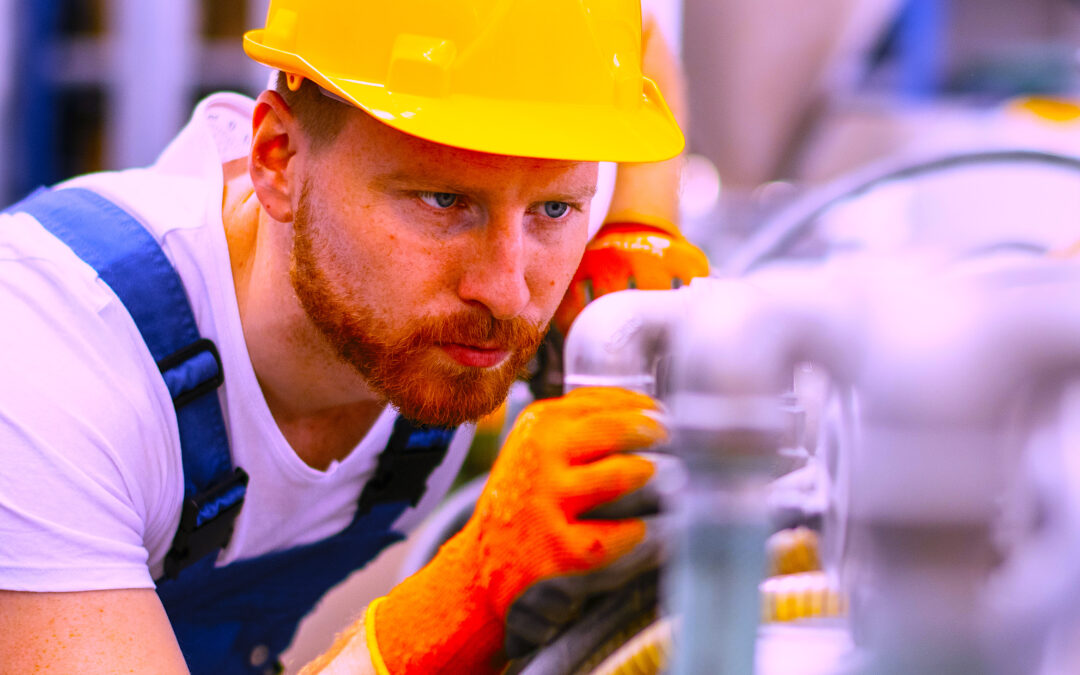As a young design engineer, I worked under the tutelage of my mentor Tedeus (Ted) Monkiewicz. Within this arrangement, I often accompanied him on visits to customer operations that were experiencing machine warranty issues/problems. At each sites, I was not to speak, but observe and record every little detail of the job, however inconsequential. Then, when we left a site, I would report to Ted on my findings, conclusions, and recommendations.
Ted typically would remind me in the customers’ parking lots to base my reports on my six senses. As he put it, “I want you to see with your fingertips, nose, and ears, touch with your eyes, and say nothing until asked”.
Whenever Ted watched and listened to machinery start up and reach its operating speed, he would lightly touch its surfaces and close his eyes. For better listening, he would use an old medical stethoscope. He also would open electrical cabinets and gearbox-fill ports to “drink in” the smells (and he taught me to do so as well).
For improved visual access, Ted always brought along a massive lantern-style flashlight, which was always outfitted with a brand-new battery. In addition to this flashlight, he had a Polaroid camera to capture quick images of a machine’s problem area(s) and, crucially, the conditions under which it operated.
If a machine didn’t run, Ted visually examined and photographed any damage before carefully interviewing the operator to home in specifically on any vibrations or peculiar noise at different speeds, smells, or unusual machine behavior, no matter how mundane. He would ask the operator about line changeover procedures and use of raw materials during operation. He would then go on to repeat the interview process with the maintenance crew to get their perspective.
Those interviews were another test of my listening skills and the quality and accuracy of my note-taking. Once they were completed, Ted would expect me to use my intuition to document my thoughts in writing on the problem(s) and possible root causes.
Ted taught me the value of using and trusting my primary senses; to first see with my touch, hearing, smell, and taste before confirming with my eyes. He also taught me to look at machine drawings and render them visually into a 3-D image before confirming the actual equipment with my eyes.
In the process, Ted helped me to understand that a precision machine, built and set up correctly, should present only the faintest of vibration. (Any more than that level of vibration required further investigation into how the drivetrain components were fastened and aligned.) But, even more important, Ted taught me to ensure machines were treated with respect.
If Ted were alive today, I’m sure he would have a borescope, vibration pen, and handheld infrared imager in his toolbox (as I do). Still, those tools do not replace use of our senses to make sense of situations.
I would like to issue a challenge to all readers for the next time you approach a machine to troubleshoot a problem (as Ted always challenged me and his memory still does today). I challenge you to combine your training and experience with your six primary senses to “experience” and assess the problem in a unique, organic, and multi-dimensional way. Only this time, perform your sense assessment from the machine’s perspective. Good Luck!TRR
ABOUT THE AUTHOR
Ken Bannister has 40+ years of experience in the RAM industry. For the past 30, he’s been a Managing Partner and Principal Asset Management Consultant with Engtech industries Inc., where he has specialized in helping clients implement best-practice asset-management programs worldwide. A founding member and past director of the Plant Engineering and Maintenance Association of Canada, he is the author of several books, including three on lubrication, one on predictive maintenance, and one on energy reduction strategies, and is currently writing one on planning and scheduling. Contact him directly at 519-469-9173 or kbannister@theramreview.com.
Tags: reliability, availability, maintenance, RAM, asset management, troubleshooting



